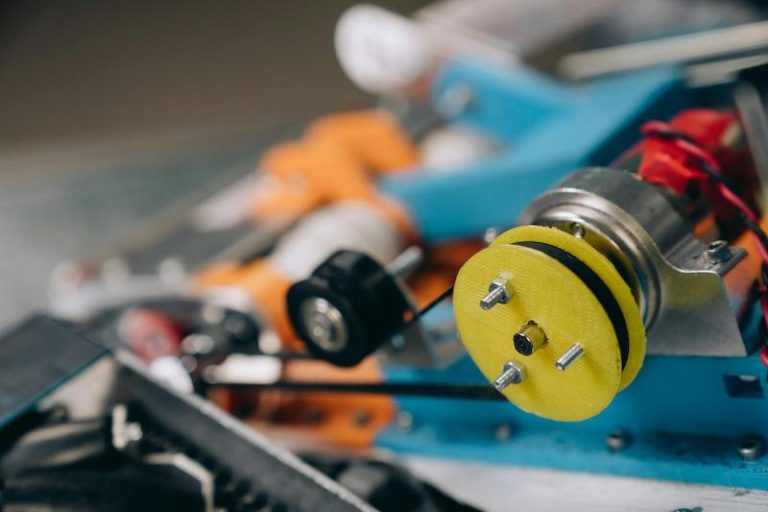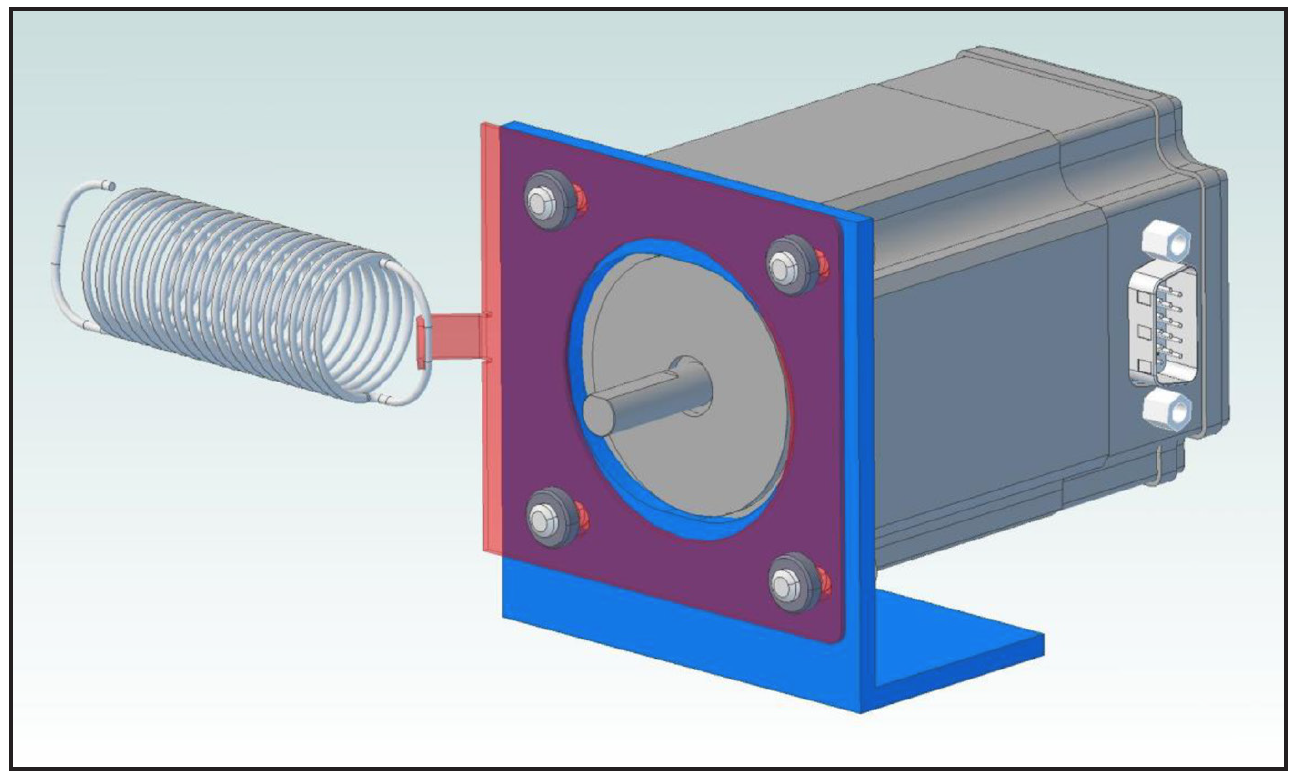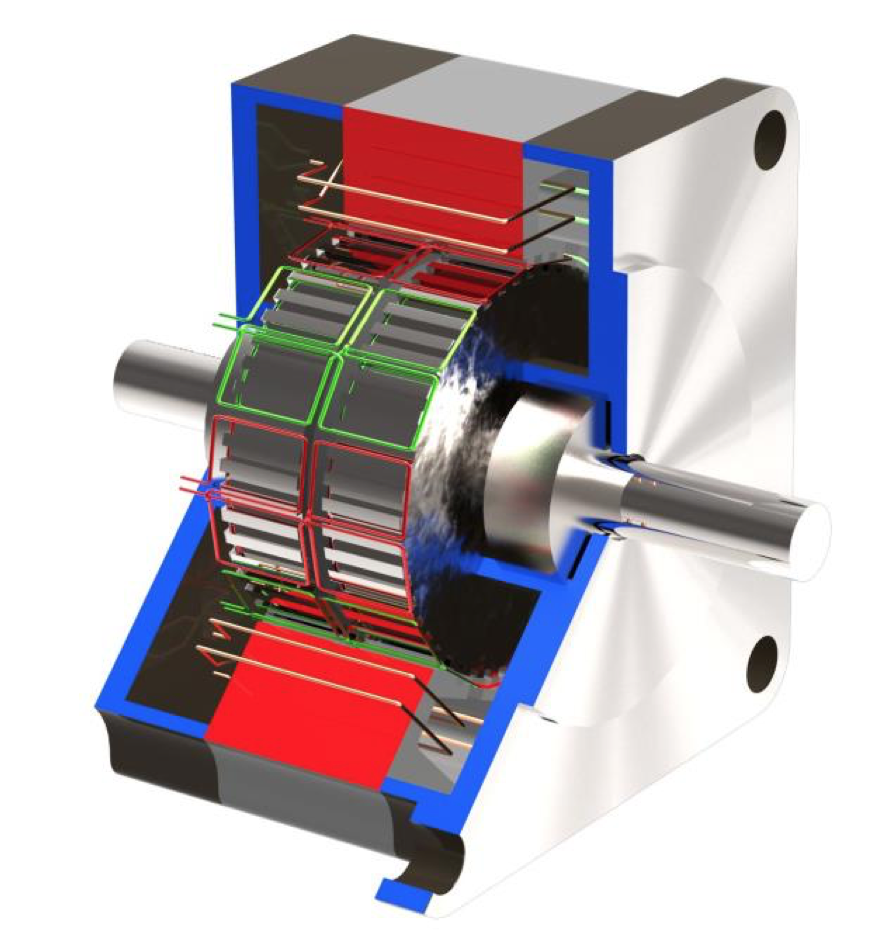Servos Need a Solid Footing

Interesting Projects Blog
May 14 2024 | Donald P. Labriola PE
For a servo system, it is important to remember that the servo responds to what its feedback sensor is measuring. For a servomotor, this is normally the position of the back shaft of the motor with respect to the back end of the motor. Remember, they regulate what they measure.
A quick example – a test laboratory in which I worked, the manager tended to keep the laboratory a bit warmer than most of the technicians would have liked it. He also had a locked thermostat and a stern warning not to touch the thermostat. This lab also happened to have a thermal test chamber right under the thermostat. It did not take us long to “favor” that particular test chamber for much of our thermal testing in the summer time. You see, that chamber also ended up heating the thermostat, so the thermostat saw the “room” as being too warm and gave us the desired cooling. When the manager came in, he would say it felt too cool in the room, and would go over and check the thermostat, which would dutifully report the temperature was just where it was supposed to be. At least that part of the room directly above the warm thermal chamber was at his desired temperature!
The same issue, though not always so humorously, exists with all feedback systems – they try to control according to what their feedback is measuring.
On one sample delivery system, we used a servo system to rapidly rotate a probe between positions. The tuning on the servo appeared to be very solid, settling down to a couple of counts will within the desired motion window, while a high-speed camera focused on the crane showed that the probe had a continued low frequency (about 20Hz) motion. The mechanical engineer blamed the servo group for the tuning while the servo real-time chart (built in data capture) showed everything was good. We used a little putty to hold the laser pointer in place and some tape to hold the button in. This allowed the easy viewing of motion of the base structure by shining the laser pointer onto a wall about 10 feet away. The wobbling red dot on the wall showed that the substantial base was significantly flexing. Although the base felt very stiff, it was resonating with significant amplitude due to the inertia of the crane mechanism it supported. A quick modification to add some cross bracing to the support, and we were ready to test it again. The probe was now snapping into position!
Related Posts

Improperly Testing Belt Tension Can Easily Damage Small Motors
Improperly Testing Belt Tension Can Easily Damage Small Motors Interesting Projects Blog July18 2024 | Donald P. Labriola PE Most

Servo Motion Actuator Replaces Encoder With Position Sensor
Servo Motion Actuator Replaces Encoder With Position Sensor Interesting Projects Blog July 15 2024 | Donald P. Labriola PE For
